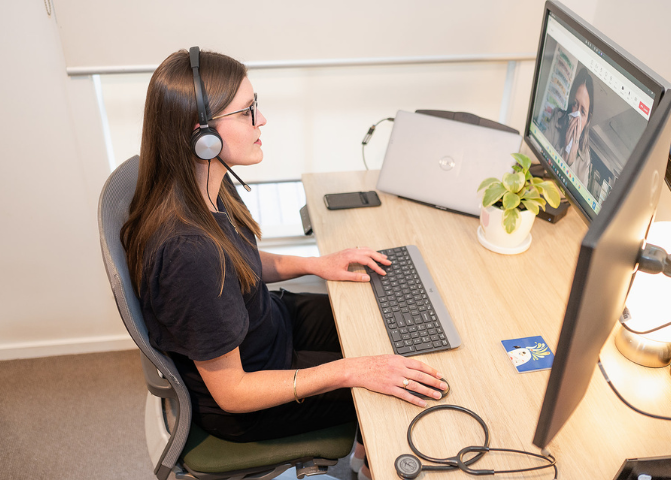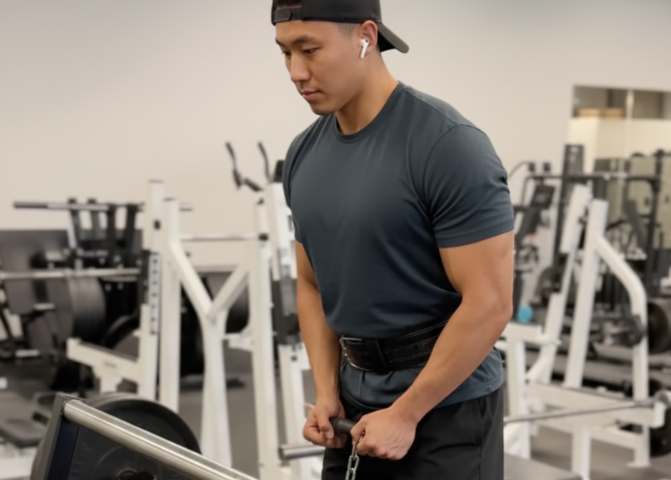14/09/2024
Types of Anxiety Disorders: A Guide to Different Forms and Their Characteristics
When we hear the term ‘anxiety’, we often think of excessive and constant fear and stress. While this is partly accurate, it doesn’t reflect the complex nature of anxiety and what it means on an individual basis.
This is where different types of anxiety disorders must be explored, and how their characteristics are vastly different from one another.
Medmate explains the types of anxiety disorders and how we can help Australians struggling with anxiety:
Types of anxiety disorders
Anxiety disorders range from generalised to specific. The most common types of anxiety disorders in Australia include:
Generalised anxiety disorder
Generalised anxiety disorder is excessive and chronic worry about different things. iI the anxiety has been present most days over a 6-month period, and is difficult to control, a person may be diagnosed with a generalised anxiety disorder.
Specific phobias
Specific phobias are a persistent and irrational fear of a particular object or situation, which usually the person recognises is irrational but can’t help feeling fear. It may be a fear of animals (like dogs or spiders), places (like supermarkets) or people.
Social phobias
Social phobias are when people fear being negatively judged by others, creating a fear of doing something that may humiliate them in public. Common social phobias include public speaking, using public toilets, eating and drinking in public, and other social encounters such as parties or workplaces.
Panic disorders
A panic disorder is when a person has at least four panic attacks each month over an extended period of time. While panic attacks are common, affecting 35% of Australians at some stage in their lives, panic disorders only affect about 2% of the population. Panic attacks may not be triggered by specific situations, and instead happen spontaneously.
Treating different anxiety disorders
While every person’s anxiety is different, treatment is the form of a mental health care plan which may consist of one or more of the following methods:
Cognitive behavioural therapy – CBT aims to alter patterns of thinking, beliefs and behaviours that lead to anxiety.
Exposure therapy – this involves gradually exposing a person to situations that cause anxiety using a fear hierarchy in a process known as systematic desensitisation.
Relaxation techniques – these include deep muscle relaxation, meditation, breathing exercises and counselling which are everyday techniques you can use to minimise anxiety.
Medication – including antidepressants and anti-anxiety medications which are prescribed by a mental health clinician.
Experiencing an anxiety disorder? We’re a team of telehealth professionals helping patients with mental health care, and are committed to helping you feel better. We provide personalised care from the comfort of your own home, making it simple and convenient to get treated. Take the first step towards overcoming anxiety and book in for a consultation today.
Recommended reading
Search for a specific topic or filter by categories to find information on what you need to know on the full Medmate Journal


The Belt Squat RDL is a Game-Changer
Looking to build a stronger, more powerful lower body while minimizing risk? The Belt Squat RDL might just be the exercise you’ve been missing. This unique movement, often overlooked, offers…
